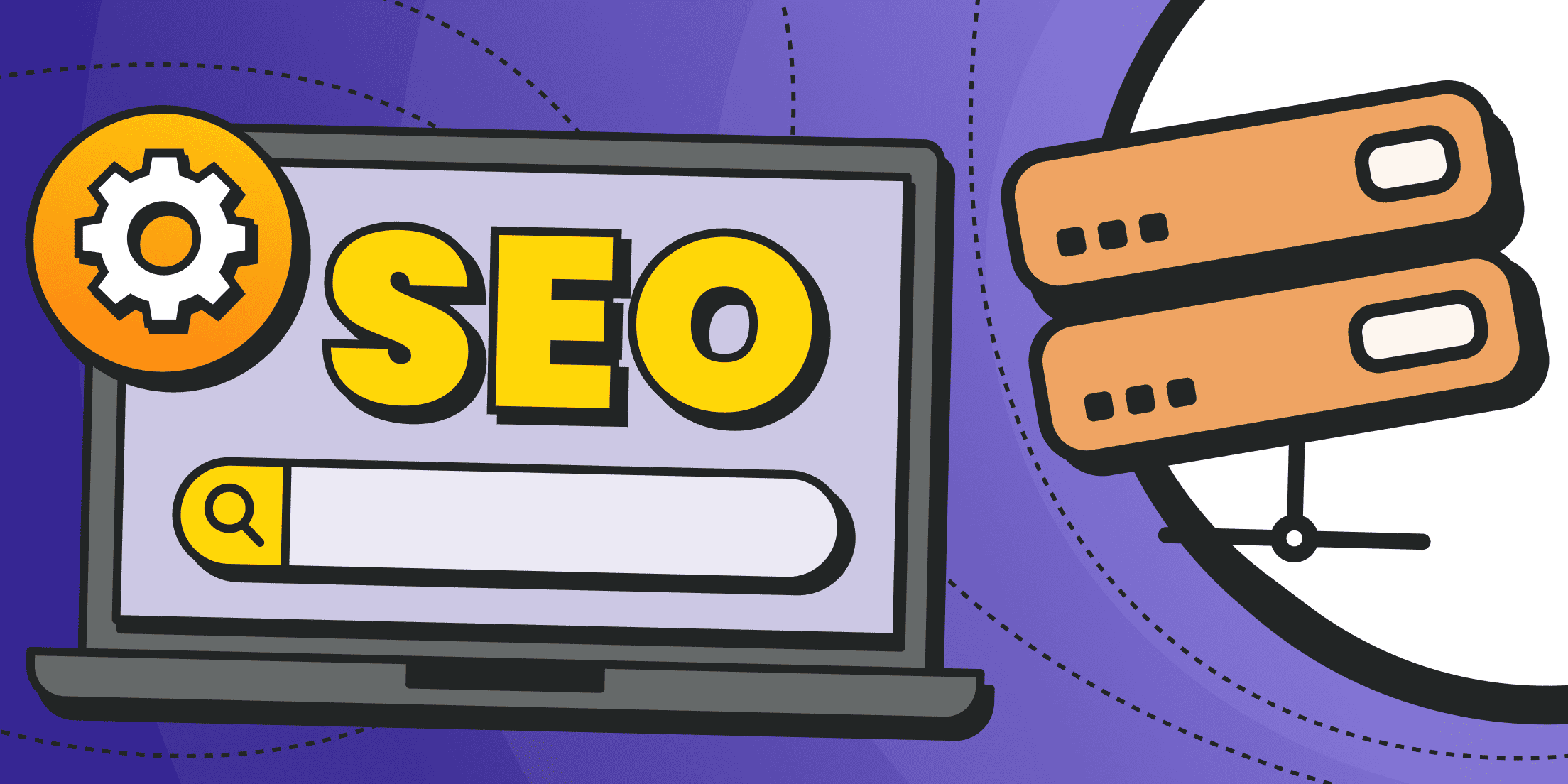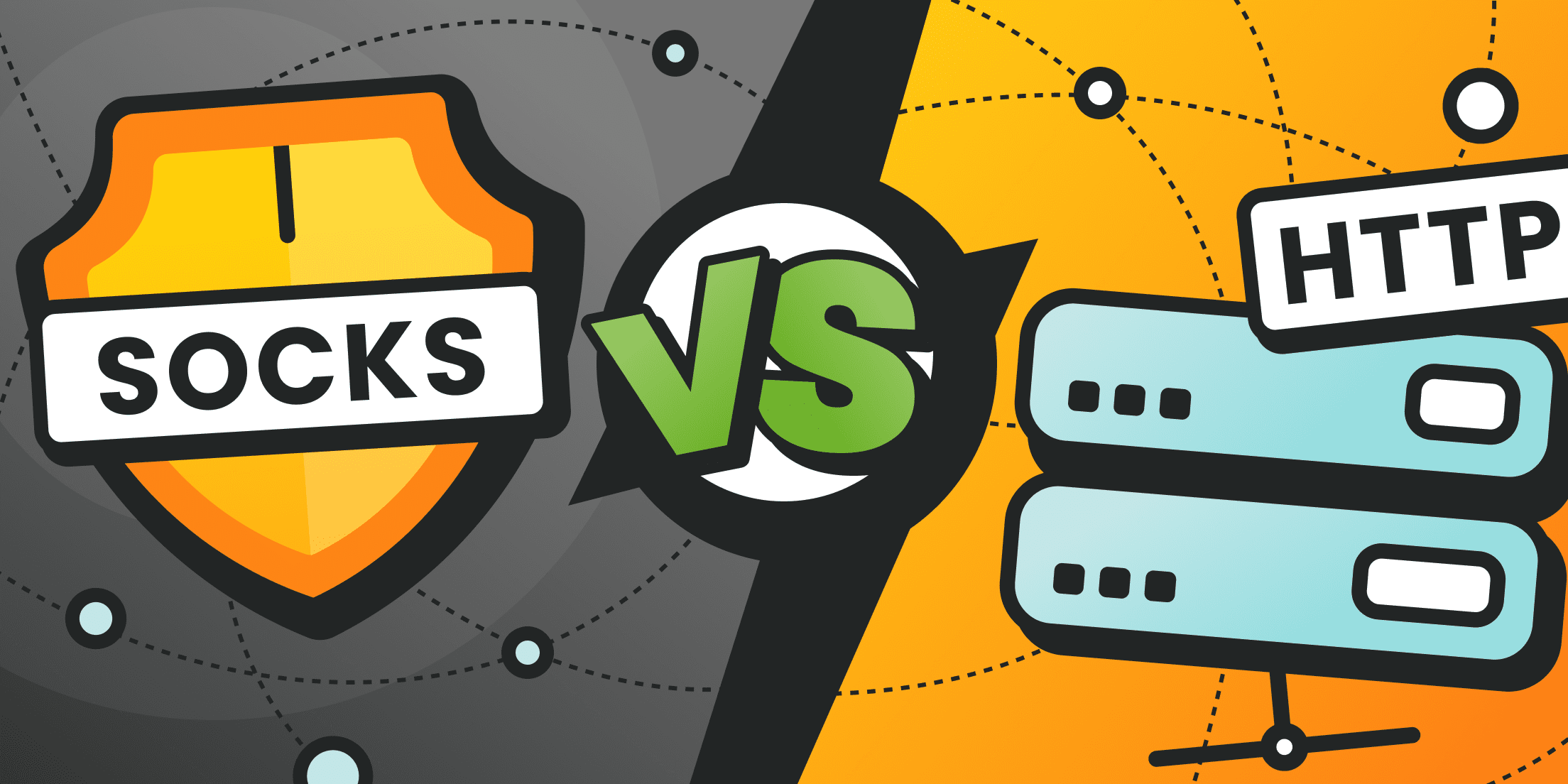Search engine optimization, also known as SEO, is crucial for generating organic traffic from search engines. Today, search engines are that third force that determines whether your site will be visited by your target audience or not. And there are no alternatives to search engines. Less than ten IT companies are essentially monopolists, especially when it comes to specific niches and local markets. These are the well-known Google, Bing, Yahoo and DuckDuckGo, for example.
It's not surprising why website owners strive to meet technical requirements and identify successful methods and practices that can provide advantages over competitors.
Search engines vaguely formulate their requirements and often talk about content quality, but in fact, site materials are indexed and ranked solely based on technical parameters and special algorithms.
How can businesses find successful promotion practices? Only by analyzing successful websites—those that are already at the top of search engines.
Below, we’ll discuss how proxy servers are related to SEO and talk about the best practices for using proxies in SEO optimization.
Understanding SEO Proxies

SEO proxies are proxies suitable for solving SEO tasks, namely for parsing competitors' websites and search engines.
SEO proxies are often used with specialized SEO software (software solutions) or SEO services (online tools operating in a cloud infrastructure).
It is important not to confuse SEO tools with SMM and SERM tools. They have different tasks and goals, although some implementations are technically very close, using parsing and proxies extensively.
How SEO proxies work: For example, you need to find empty/missing meta tags or duplicate titles on pages. All of this is crucial for proper promotion in search engines. Suppose a client has a huge website with several thousand pages. Manual analysis would take months. The obvious solution is to run a parser that will scan the pages, bypass all links, and compile its own site map, collecting titles and other meta tags for each page.
How SEO Proxies Work
Here's a simple example: you need to find empty/missing meta tags or duplicate titles on pages. This is crucial for proper promotion in search engines.
Let’s say, a client has a massive website with several thousand pages. Manual analysis would take months. The obvious solution is to run a parser that will scan the pages, bypass all links and compile a sitemap, collecting titles and other meta tags from each page.
Suppose a client has a protection system organized at the server level and some external solutions. It cannot be simply turned off. A special script detects automated requests and bans clients by IP. To bypass such protection, you would need to initiate parsing through rotating proxies and the task would take a maximum of a couple of hours.
Similarly, the parsing of search results and competitors' sites works. Proxies allow bypassing protection systems and parallelizing the number of parsing streams.
Naturally, in some cases, additional tools may be required: headless browsers or even computer vision. Everything will depend on the website type and available protection mechanisms. Proxies, however, traditionally remain a key element to bypass blocks.
We compared proxies with their alternatives: VPN, Tor etc. For parsing tasks, proxies have no competitors.
Key Features and Capabilities of SEO Proxies
SEO proxies differ from other proxy types primarily in their compatibility with specific SEO tools and their resistance to the protection mechanisms of search engines (especially when it comes to parsing organic search results).
Major search engines like Google take serious measures to filter out automated queries and parasitic loads, maintaining powerful defense systems and their own blacklists of IP addresses.
Rotating residential or mobile proxies are traditionally considered SEO proxies. Server proxies are less suitable for SEO - they are faster but more easily blocked during parsing.
In terms of protocol, HTTP/HTTPS proxies are most optimal. SOCKS proxies are also quite interesting as they can transmit HTTP traffic through them.
One of the most important proxy features for SEO tasks is the precision of targeting. The thing is, it's crucial to rotate proxies not just in a specific country or region, but in a particular locality. Search algorithms have become significantly more complex - they extensively personalize search results based on a client's location.
SEO Proxies Use Cases

Listed below is a set of tasks commonly automated in SEO work:
- Site map creation;
- Meta-tag collection;
- Keyword analysis (these are required to build a semantic core - a set of keywords defining the site's themes;
- Search result parsing (checking the presence of key queries in top-10/top-20 search results);
- Competitor site metrics assessment (evaluating load speed, technical errors, interlinking, backlink profiles and metrics like PageRank or Index Citation (IC));
- Client site positioning (analyzing which keywords and in which regions the client's site ranks well);
- Behavioral factor analysis;
- Handling large numbers of ad campaigns for contextual advertising promotion;
- Checking content uniqueness and quality (originality, spelling, style, volume and structure).
These are all specialized scripts, comprehensive software solutions, universal parsers or ready-to-use online services.
Notably, many cloud-based tools allow clients to integrate their own proxy lists as clients often know best what types of IP addresses they need and where.
Benefits of Using SEO Proxies

The primary advantage of any proxy server in parsing tasks is the ability to circumvent IP blockages. However, there are other benefits:
- Automation support in SEO. The more automated the labor is, the more work one specialist will be able to do. Overall, automation reduces the risk of errors and lowers project costs while speeding up the work process;
- Location emulation. Accuracy in targeting is crucial. The more locations are available to the SEO specialist, the better the quality of the promotion across different local markets will be;
- Compatibility with various software and services. These may include desktop programs, online services or hybrids (where part of the parser operates via an API and part on your device). SEO proxies easily connect to relevant software and can rotate without user intervention (for example, via a special link);
- Increased anonymity and confidentiality. SEO professionals can diversify risks;
- Parallelization of parsing processes. Even automation tools don't always save time, especially if the program works with only one data stream. With proxy servers, the number of streams can be unlimited – the same program can be run in parallel containers, each with its unique IP;
- Reduced captcha solving costs. Certain parsing tasks often encounter frequent captchas, especially when collecting data from search engines. Each captcha solution costs money and the more captcha challenges appear, the higher the costs become. A quality SEO proxy can reduce the risk of captchas, thus lowering expenses;
- Access to content generation services. Many AI chatbots operate through proxies and may be required by users who need to access certain programs.
Effective Implementation of SEO Proxies
We have discussed proxy-related info to find out that it is impossible to go without them in SEO. The technical aspect, however, involves figuring out how to connect SEO proxies to your specific programs: parsers and services.
Integrating SEO Proxies with Your SEO Tools and Workflows
A common issue with old-school SEO tools is their handling of large proxy lists. Many specialized parsers and SEO utilities have built-in features to manage these lists, including import/export functions, operational checks and rotation for non-functional IPs.
However, with the advent of next-generation proxy services like Froxy, the focus has shifted more towards API interfaces and proxy ports.
A proxy port (filter) acts as a back connect server - a kind of an access point into a larger proxy network. Each proxy filter can be configured to operate based on specific logic:
- Targeting conditions (where/how to pick IP addresses in specific locations);
- Rotation conditions (whether to maintain the original IP or not, in which subnet to find a new working address, whether it makes sense to change the IP with each new request, where to use special links or APIs).
For professional software, the proxy connection point remains constant, meaning the proxy connection might only need to be set up once with a single line of code. All other operations are managed on the proxy service's dashboard.
Requirements for integrating proxies with SEO tools typically include:
- Proxy IP address (or proxy filter);
- Port number;
- Username and password (to secure connections).
In some cases, descriptions and links for forced rotation can be added to the proxy (as in the Dolphin{Anty} anti-detect browser).
For outdated software that does not support login credentials, you might need to set up whitelists. This is done on the proxy service's side, in the user account, where access to the proxy is restricted only to a list of IP addresses from your devices - those on which the SEO software is installed.
Monitoring and Optimizing Your SEO Proxy Use

When a large volume of traffic passes through proxies, the focus shifts towards monitoring and optimizing expenses. Most SEO utilities simply rotate proxies without actually calculating load or monitoring usage.
This functionality can be found either in the control panels of your proxy server or it can be organized through additional software solutions (proxy managers).
With Froxy, traffic use statistics are always visible. The more traffic you purchase in advance, the more cost-effective each gigabyte becomes.
Usage is calculated in terms of overall package consumption.
Adding a naming system for proxies can greatly enhance monitoring comfort by helping you easily understand where and for what tasks your traffic is being consumed.
Best Practices for Using Proxies for SEO
No matter how large a proxy network is for rotation, it's crucial to adhere to specific rules and principles that reduce the likelihood of blocks.
We have collected the best practices in a separate material - Scrape Like a Pro. Here’s a brief overview related to SEO tasks:
- When parsing target sites, do not send requests at regular intervals. This is easily detectable. Instead, introduce random delays;
- Avoid making too many requests from the same address. This is a clear sign of automated parsers. Humans physically cannot open and view hundreds of tabs in just a few seconds;
- Pay close attention to the user-agent line, referrer and other HTTP headers sent to the target site. Analysis of these headers often reveals common parsing programs;
- Identify and avoid bot traps. These are forms or URLs invisible to regular users. They are developed specifically to catch parsing programs that operate at the HTML code level;
- Monitor server errors that can provide a wealth of useful information. Remember, parsing programs don’t read logs;
- If the site or search engine offers an API, prefer using it. API data handling eliminates the risk of blocks and penalties. Even if you exceed the limits, just wait for the values to reset. There won't be a "permanent" block at the account level;
- Use headless browsers for dynamic sites. Traditional parsing may not suffice because the real content is loaded via JavaScript scripts. Headless browsers can fetch this dynamic content accurately;
- Use proxies to parallelize requests. Each instance of the parser (or thread) should operate through a separate proxy.
Read more here: What to Do If Your IP Gets Banned While Scraping
Conclusion and Recommendations

SEO proxies are essential tools to solve SEO tasks. They come with unique features: they should rotate swiftly and you should have the capability to precisely select the location of outgoing IPs.
This matters a lot when it comes to parsing target sites and search engine sites, with an emphasis on specific regions and cities.
You can find the best proxies for SEO with us. Froxy offers over 10 million IPs with targeting options up to to the city and telecom provider level. Available features include an API, proxy filters and even an integrated parsing service. We offer rotatable residential and mobile proxies, with payment based on traffic consumption rather than the number of IPs.




